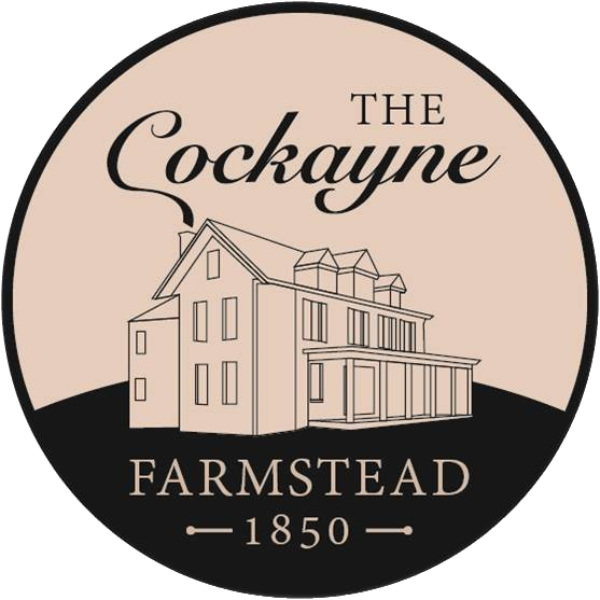While going through an exhibit in the house, we decided to take a quick peek inside the account book Irena Cockayne used from 1898 through 1901. Irena was the daughter of Samuel Andrew Jackson Cockayne (the man who put the Cockaynes on the map for Merino wool) and Hannah. She was also later the wife of Samuel Craig Shaw, the second editor and publisher of the Moundsville Daily Echo.
What seems to be an unassuming old book from its cover actually reveals a unique insight into the day to day life of a woman from over 100 years ago. For three years, Irena wrote down what she bought, what day she bought it, and how much it cost.
One thing I noticed while going through this book is that most months have multiple entries of “carfare”, usually around 5 or 10 cents each time. Around then, most of the area from Moundsville up through Wheeling and into Wellsburg was all connected by streetcars. The charter was granted for the Benwood Southern Railway Company to establish a line down to Moundsville in order to transport passengers in 1890. I somewhat assumed, as I’m sure many people do, that she would have gotten out her horse and buggy and ridden to her desired destination, but stepping off the streetcar seems a lot easier than parking your horse. Public transportation at this time made it easier than ever to travel the Ohio Valley quickly and inexpensively.
Something else that stood out to me is one page near the back of the book where she keeps track of when she was paid for playing with the orchestra from 1896 to 1902. Irena played with several musical groups throughout her life, including the Oriole Banjo and Mandolin Club made up mostly of her sisters and close friends, and the I. B. Wilson's Symphony Circle orchestra, where she played first violin. She was very musically talented, as were her four sisters. In fact, in the back of the book, there are also some pages to keep track of payments from teaching violin lessons.
She was also quite skilled at woodworking, which I bet many people would not see coming from a woman in the late 1800s! In the back of the book (the book gets very interesting at the end if you can’t tell already), she lists all the items she bought for certain furniture pieces she was making, such as a writing desk made of poplar and a cherry cabinet. Many of these pieces are probably still in the Cockayne farmhouse. We will be doing some investigating in the near future to see if we can identify these pieces.
Everybody here must’ve walked past this book hundreds of times at this point, it’s wild we have never looked at it before as much as we have this past week. There’s a story to even the simplest objects if you take the time to dig deeper.



